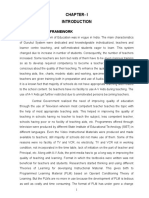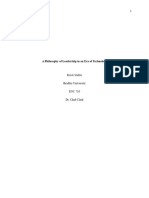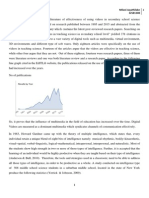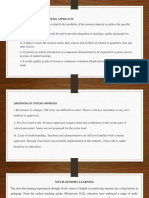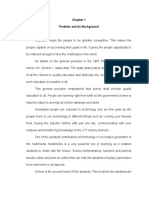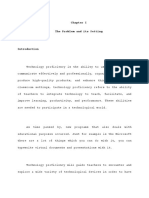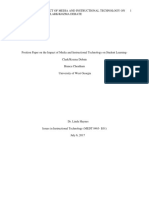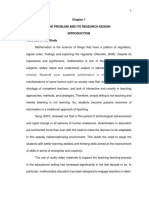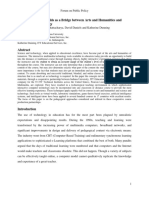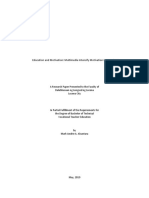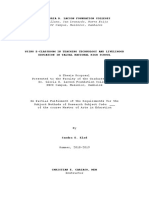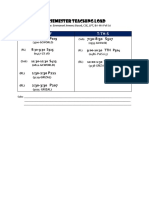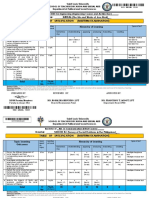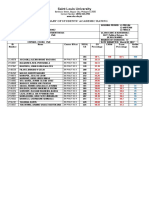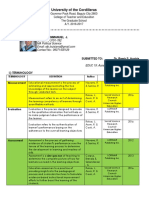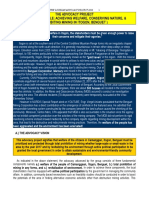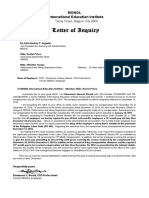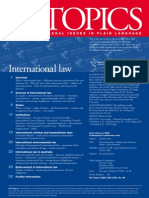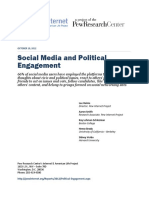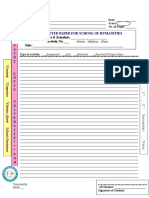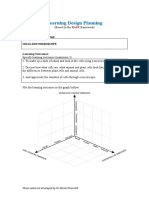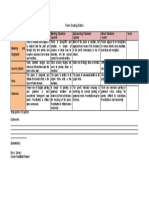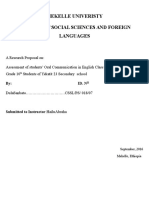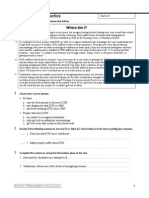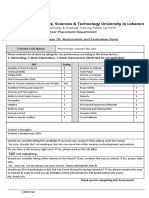0% found this document useful (0 votes)
202 views17 pagesTech in Political Science Teaching
The document discusses the use of technology in teaching political science. It outlines several theories that support the integration of technology, including cognitivism which focuses on how students learn and process new information. The document also discusses Dr. Richard Mayer's cognitive theory of multimedia learning, which found that students learn more deeply from words and pictures combined rather than just words alone. Several examples of educational technology programs are provided that enhance learning, such as the Jasper Woodbury problem solving series. The study aims to describe how instructors can effectively use technology like multimedia to teach political science concepts.
Copyright
© © All Rights Reserved
We take content rights seriously. If you suspect this is your content, claim it here.
Available Formats
Download as DOC, PDF, TXT or read online on Scribd
0% found this document useful (0 votes)
202 views17 pagesTech in Political Science Teaching
The document discusses the use of technology in teaching political science. It outlines several theories that support the integration of technology, including cognitivism which focuses on how students learn and process new information. The document also discusses Dr. Richard Mayer's cognitive theory of multimedia learning, which found that students learn more deeply from words and pictures combined rather than just words alone. Several examples of educational technology programs are provided that enhance learning, such as the Jasper Woodbury problem solving series. The study aims to describe how instructors can effectively use technology like multimedia to teach political science concepts.
Copyright
© © All Rights Reserved
We take content rights seriously. If you suspect this is your content, claim it here.
Available Formats
Download as DOC, PDF, TXT or read online on Scribd
/ 17















